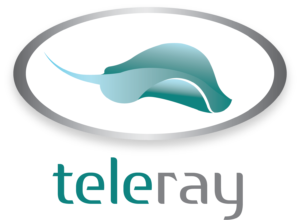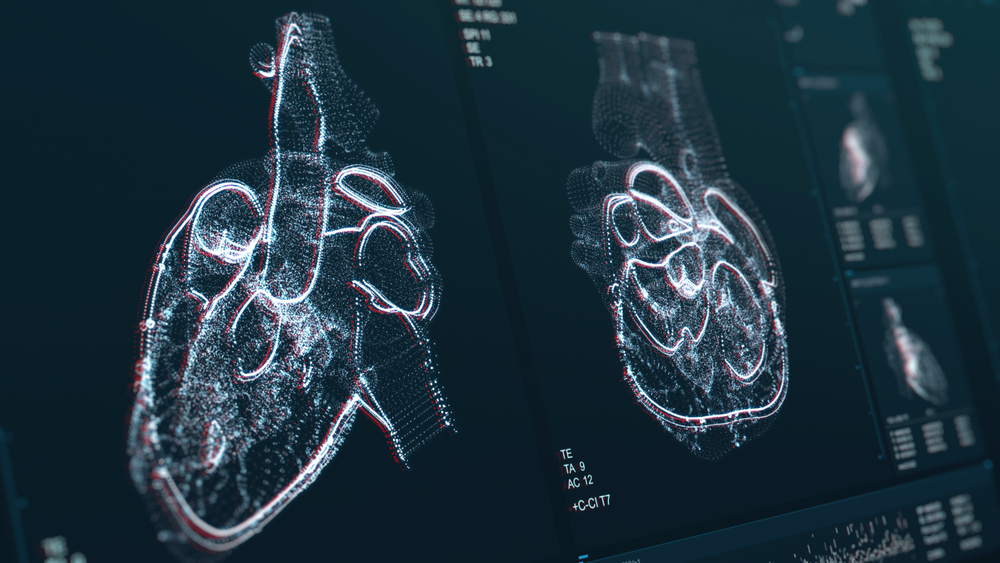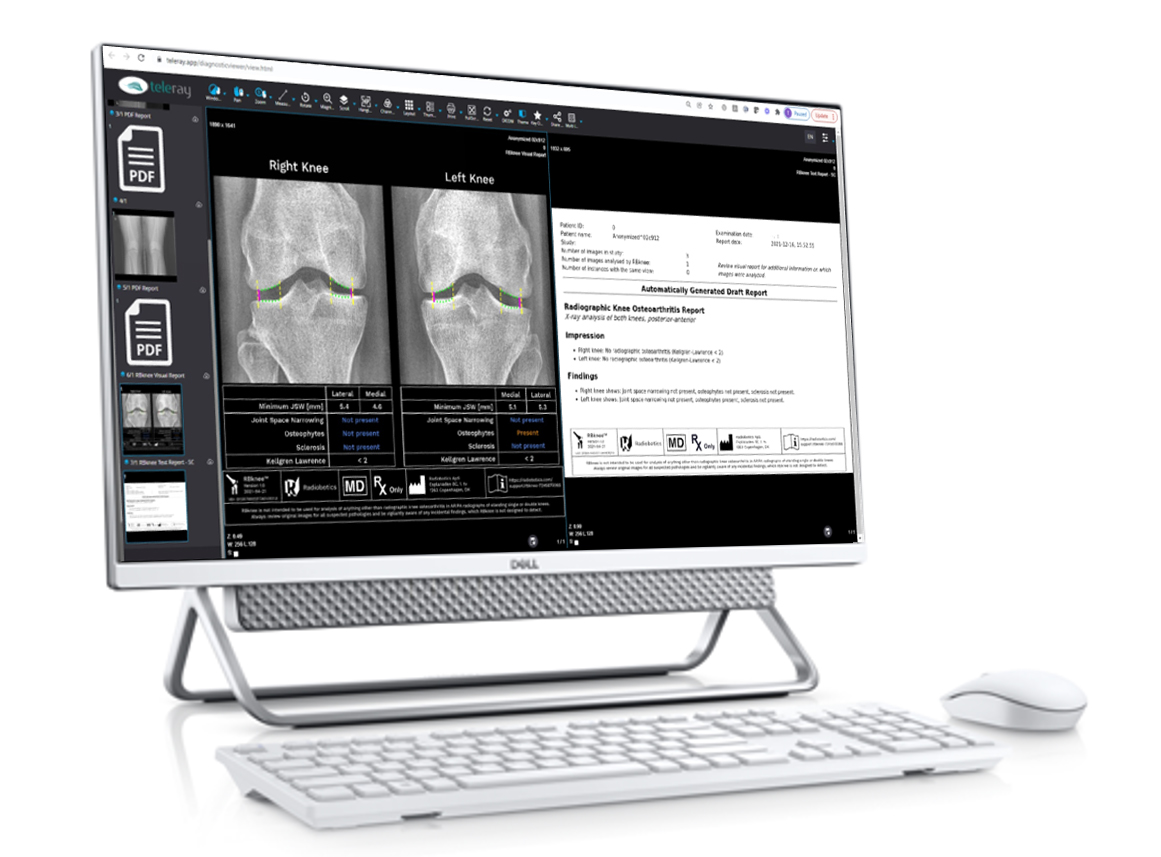Patient care, especially for long-term or chronic condition, often involves a team of healthcare professionals, including primary care physicians, specialists, consultants, nursing staff, pharmacists, lab personnel, and others. Together, this team provides continuity of care for the patient. But to deliver high-quality care, the team must rely on secure, reliable, and HIPAA-compliant data and medical image sharing to ensure all caregivers understand the patient’s history and current needs.
What is patient continuity and coordination of care?
According to the American Academy of Family Physicians, “Continuity of care is concerned with quality of care over time. It is the process by which the patient and [their] physician-led care team are cooperatively involved in ongoing health care management toward the shared goal of high quality, cost-effective medical care.”
Not only does continuity of care support greater visibility and transparency throughout a patient’s healthcare journey; it also supports early detection, more accurate diagnosis, and improved outcomes. Additionally, continuity of care has been linked to better patient-provider relationships, promoting greater trust and a feeling of safety.
The Agency for Healthcare Research and Quality (AHRQ) defines care coordination as “deliberately organizing patient care activities and sharing information among all of the participants concerned with a patient’s care to achieve safer and more effective care.” Coordination of care involves a team of healthcare workers who provide patient care in coordination with others. Good communication among physicians, nursing staff, lab workers, pharmacy staff, and the patient is vital for providing safe and effective care.
What’s the value of medical image sharing for patient continuity and coordination of care?
Continuity and coordination of care requires collaboration among all providers and related staff involved in a patient’s continuum of care. That collaboration means sharing electronic health records (EHR) and medical images, as doing so allows doctors to understand what treatment strategies have already been used and how the patient has responded. Also, when doctors refer patients to a specialist, or an insurer requires a different doctor, sharing medical information and images is essential. Unfortunately, images and reports are all-too-often separated in the transfer process. In fact, 80% of the time EMR data is transferred, it lacks supporting imagery, and when images are transferred, 80% of the time they are not accompanied by the report.
Traditional file sharing over email, database downloads, or CDs is simple and straightforward. Even graphic or image files such as JPEGs can be shared using traditional file transfers. Sharing medical images, conversely, is not that simple. Transmission and management of medical images must adhere to the standards and protocols of Digital Imaging and Communications in Medicine (DICOM). The internationally recognized DICOM format specifies that images conform to high standards, which allow for accurate interpretation and diagnostics. As a result, radiology departments must use special software to view these images. Unfortunately, sharing these images also presents challenges pertaining to privacy, security, and image integrity. The large sizes of these files also means there are limited methods for storing and sharing.

How does TeleRay’s image-sharing platform support patient continuity of care?
DICOM images have become an essential tool not only for diagnosis and treatment by a healthcare provider, but also for continuity and coordination of care among providers. Of course, all of this requires the ability to store, view, and share medical images. For example, TeleRay’s platform enables providers to attach images to Epic’s patient portal, MyChart. Providers also can add reports into a patient’s electronic medical record, providing more comprehensive patient information. Ensuring DICOM images can be viewed and shared securely and privately — and the process complies with HIPAA regulations — has its own challenges.
DICOM has mechanisms to establish confidentiality for an image’s header data, but not for the pixel data. And although DICOM does provide authenticity and integrity for the pixel data, it doesn’t offer the same guarantee for the header data. Additionally, security and sharing mechanisms must be compatible with a healthcare provider’s IT infrastructure. That’s why providers and radiology departments are turning to the TeleRay platform for simple, secure, and compliant image exchange that supports patient continuity and coordination of care — every time.
If your organization needs a comprehensive solution to ensure safe, secure, and HIPAA-compliant storing and sharing of medical information and images, TeleRay can help. Contact us at 844-4-TELERAY (483-5372) or visit TeleRay.com.




